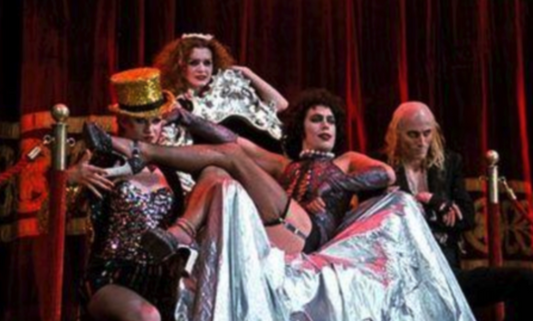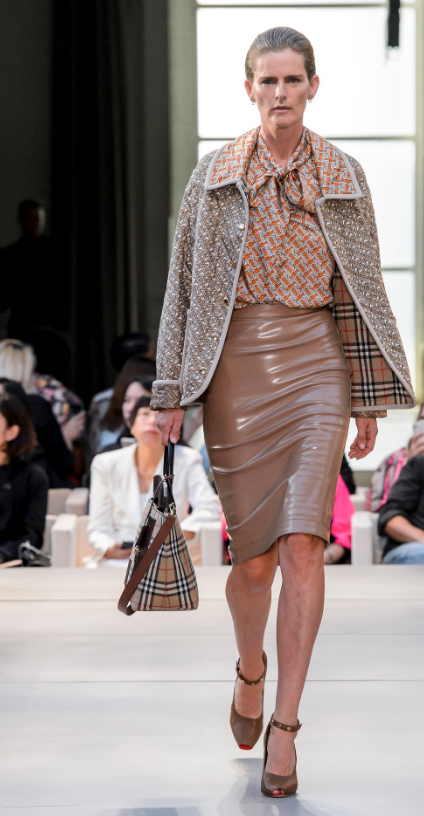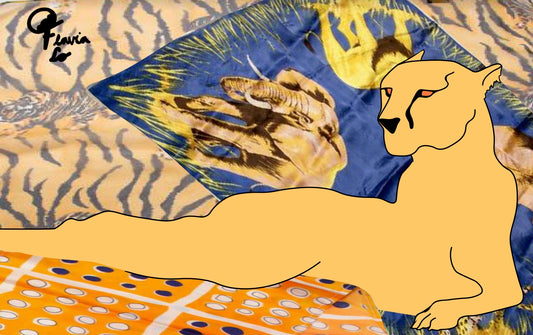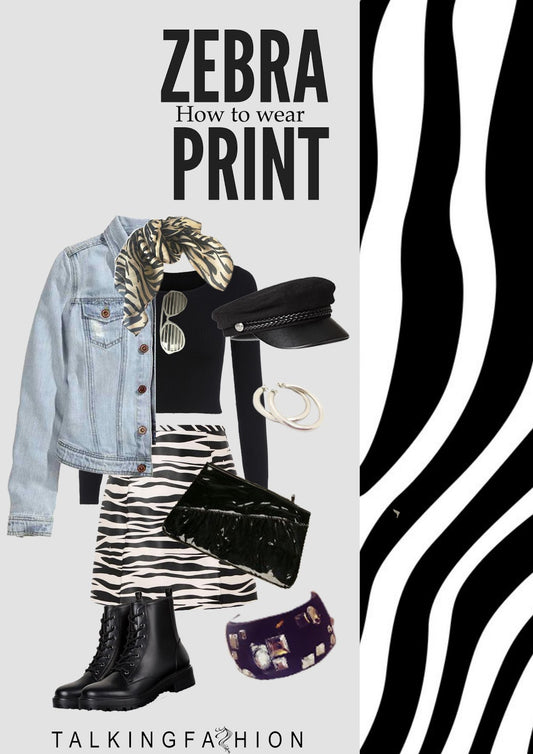talkingfashion

The Rebellious Revolution of 1970s Trends
The Rebellious Revolution of 1970s Trends by Paige McKirahan Building off of the revolution that began in the late’ 60s, the 1970s transformed the fashion industry in a way that...
The Rebellious Revolution of 1970s Trends
The Rebellious Revolution of 1970s Trends by Paige McKirahan Building off of the revolution that began in the late’ 60s, the 1970s transformed the fashion industry in a way that...

Wild on the Runway with Animal Print by Morgan ...
Wild on the Runway with Animal Printby Morgan Watkins Roaring down the runways of both New York and London Fashion Week, animal print is the trend designers and fashion connaisseurs are...
Wild on the Runway with Animal Print by Morgan ...
Wild on the Runway with Animal Printby Morgan Watkins Roaring down the runways of both New York and London Fashion Week, animal print is the trend designers and fashion connaisseurs are...
Animal Print: A Timeless Classic by Paige Mckir...
Animal Print: A Timeless Classic by Paige McKirahan As a cult classic that never seems to be out of style, animal print is a quintessential industry trend with its reputation...
Animal Print: A Timeless Classic by Paige Mckir...
Animal Print: A Timeless Classic by Paige McKirahan As a cult classic that never seems to be out of style, animal print is a quintessential industry trend with its reputation...

(((((((( Let your Style Roar ))))))))
Have you subscribed to our Friday email yet? We prepare a special edition to our subscribers and send out only once a week. If you have any interest on style, fashion...
(((((((( Let your Style Roar ))))))))
Have you subscribed to our Friday email yet? We prepare a special edition to our subscribers and send out only once a week. If you have any interest on style, fashion...

Zebra Print Styling by Anna To Ma Ngoc
Limited Vintage Accessories Collection available in the shop now
Zebra Print Styling by Anna To Ma Ngoc
Limited Vintage Accessories Collection available in the shop now

Leopard Print Styling by Anna To Ma Ngoc
Limited Vintage Accessories Collection available in the shop now
Leopard Print Styling by Anna To Ma Ngoc
Limited Vintage Accessories Collection available in the shop now